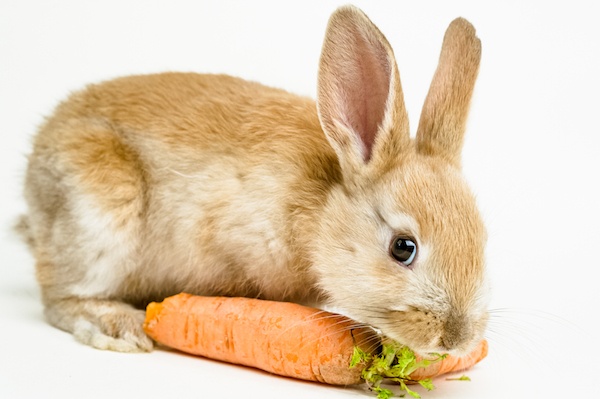Loss of fur in rabbits is a common skin issue. Considering that there are various reasons for the problem, there is a need to identify the underlying cause so the appropriate treatment can be started immediately. Some of the most common reasons for alopecia in rabbits include the following:
Fur-plucking -- Often occurs in the neck, belly, and legs of pregnant rabbits near their time of delivery. It’s an instinctive behavior in which they use the plucked fur to line their nest. The behavior has also been observed in female rabbits that are pseudopregnant. Rabbits that suffer specific forms of nutritional deficiency or a lack of dietary fiber may also engage in the habit. Sometimes, a rabbit is unable to reach a part of the body where irritation is present. They just chew at their dewlap instead, causing the area to become devoid of fur. The skin may also become irritated.
Any sign of a skin problem should be brought to the attention of your best veterinarian Wichita, KS.






